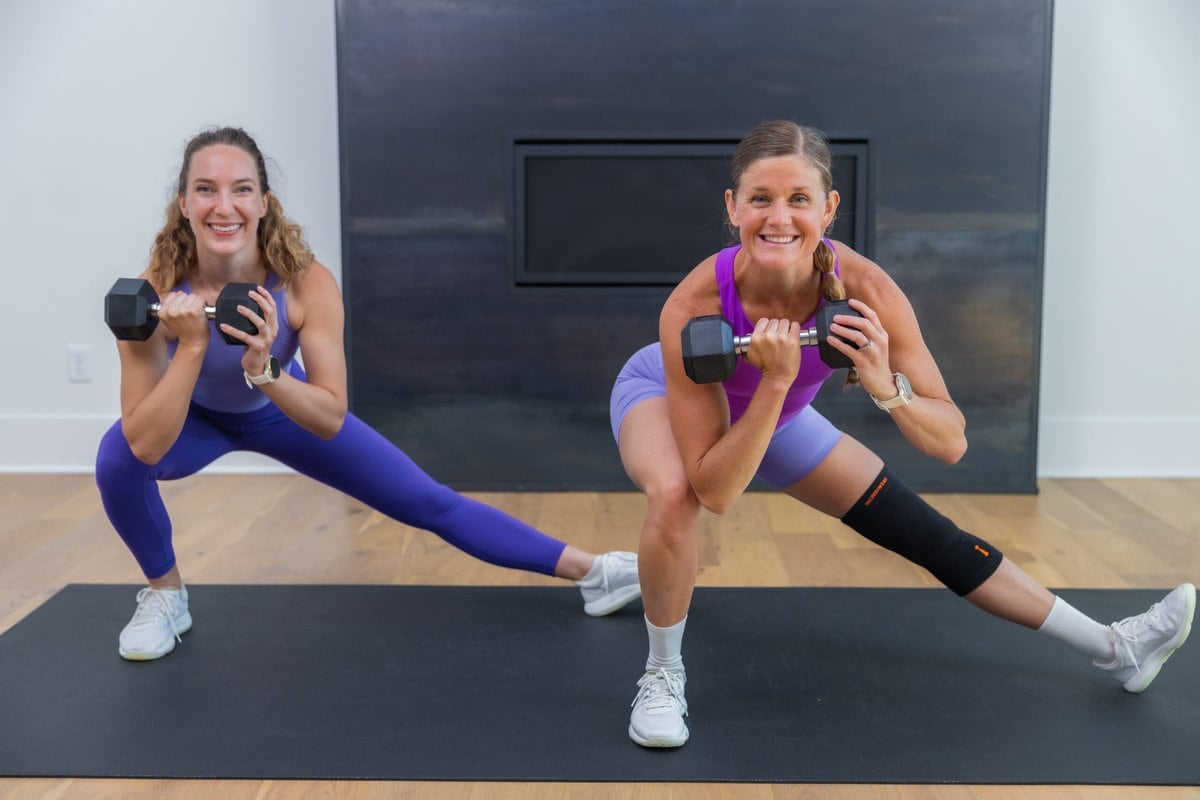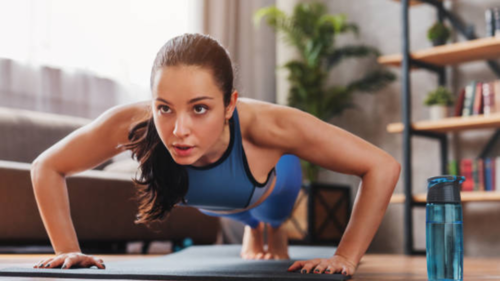Building full-body strength doesn’t have to mean spending hours in the gym working each muscle individually. Compound exercises work multiple muscle groups at once, helping you save time and gain strength faster. Whether you’re a beginner or an advanced lifter, these exercises can be the foundation of your strength-training routine.
In this guide, you’ll discover the 7 best compound exercises for full-body strength, how to perform them, their benefits, and tips to get the most out of your workout.
What Are Compound Exercises?
Compound exercises are movements that engage two or more joints and work several muscles at once. For example, a squat activates your glutes, quads, hamstrings, and core, while a bench press works your chest, shoulders, and triceps.
These exercises are different from isolation exercises, which target a single muscle group. Compound movements are more efficient, help build overall strength, improve coordination, and boost your metabolism.
Now, let’s dive into the best compound exercises you can do to build full-body strength.
1. Barbell Back Squat
Why It’s Great
The barbell back squat is a foundational compound exercise that targets your legs and glutes while engaging your core and lower back for stability.
Muscles Worked
- Quadriceps
- Hamstrings
- Glutes
- Core
- Lower back
How to Do It
- Stand with your feet shoulder-width apart and a barbell resting on your upper back.
- Brace your core, keep your chest up, and lower your body by bending your knees and hips.
- Go down until your thighs are parallel to the floor or lower.
- Push through your heels to return to standing.
Tips
- Keep your back straight and avoid letting your knees cave inward.
- Don’t rush the movement. Control both the descent and the ascent.
2. Deadlift
Why It’s Great
Deadlifts are the king of full-body compound exercises. They hit nearly every major muscle group and build raw strength.
Muscles Worked
- Glutes
- Hamstrings
- Lower back
- Lats
- Traps
- Core
- Forearms
How to Do It
- Stand with your feet hip-width apart and the barbell over your mid-foot.
- Hinge at your hips, grip the barbell, and keep your back flat.
- Engage your core and lift the bar by extending your hips and knees.
- Once you’re standing upright, lower the bar back down with control.
Tips
- Keep the bar close to your body.
- Avoid rounding your lower back.
3. Bench Press
Why It’s Great
The bench press is a powerful upper-body compound movement that builds pushing strength and adds size to your chest and arms.
Muscles Worked
- Chest (pectorals)
- Shoulders (deltoids)
- Triceps
How to Do It
- Lie flat on a bench with a barbell above your chest.
- Grip the bar slightly wider than shoulder-width.
- Lower the bar to your chest, keeping your elbows at a 45-degree angle.
- Press the bar back up until your arms are fully extended.
Tips
- Keep your feet flat on the floor.
- Don’t let your shoulders lift off the bench.
4. Pull-Up
Why It’s Great
Pull-ups build serious upper-body strength using just your body weight. They engage your lats, arms, shoulders, and core.
Muscles Worked
- Lats
- Biceps
- Traps
- Core
How to Do It
- Grab a pull-up bar with your palms facing away (overhand grip).
- Hang with your arms fully extended.
- Pull your chest up to the bar by squeezing your back and biceps.
- Lower yourself slowly back to the starting position.
Tips
- Avoid swinging or kipping.
- Focus on pulling through your elbows, not your hands.
5. Overhead Press
Why It’s Great
Also called the shoulder press, this move strengthens your shoulders, arms, and core while enhancing overall stability.
Muscles Worked
- Shoulders (deltoids)
- Triceps
- Upper chest
- Core
How to Do It
- Stand with your feet shoulder-width apart and the barbell at shoulder height.
- Tighten your core and press the bar straight overhead.
- Lower the bar back down under control.
Tips
- Don’t arch your back. Keep your ribs down and core tight.
- Use a full range of motion for best results.
6. Barbell Row
Why It’s Great
The barbell row is excellent for building a strong and thick back. It also works your arms and requires core stability.
Muscles Worked
- Lats
- Rhomboids
- Traps
- Biceps
- Lower back
- Core
How to Do It
- Hinge at your hips with a barbell in hand.
- Pull the bar towards your lower chest or upper stomach.
- Squeeze your shoulder blades at the top, then lower slowly.
Tips
- Keep your back flat and chest up.
- Avoid using momentum or jerking the weight.
7. Lunge with Dumbbells
Why It’s Great
Lunges improve balance, coordination, and unilateral strength. Holding dumbbells adds resistance for better strength gains.
Muscles Worked
- Glutes
- Quads
- Hamstrings
- Calves
- Core
How to Do It
- Stand upright, holding a dumbbell in each hand.
- Step forward with one foot and lower your body until both knees are bent at 90 degrees.
- Push through your front heel to return to standing.
- Alternate legs for each rep.
Tips
- Don’t let your front knee go past your toes.
- Engage your core to maintain balance.
Benefits of Compound Exercises
More Muscles, More Strength
Since compound movements work several muscles at once, you get stronger faster.
Efficient Workouts
With just a few exercises, you can train your entire body. This saves time and increases overall effectiveness.
Boosts Metabolism
Engaging multiple muscle groups burns more calories, even after your workout ends.
Improves Coordination and Balance
Many compound movements require coordination, stability, and control, helping you develop functional strength.
How to Add These Exercises to Your Routine
Beginner
Start with bodyweight versions or light weights. Do 2–3 sets of 8–10 reps, focusing on proper form.
Intermediate
Add weight progressively. Train 3–4 times per week with a mix of barbell and dumbbell variations.
Advanced
Use heavier weights and advanced techniques like supersets, pyramid sets, and tempo training for progressive overload.
Final Thoughts
If you want to get strong, move better, and train efficiently, compound exercises should be the foundation of your workout plan. From squats to pull-ups, these full-body moves deliver real results in less time. Master your form, challenge yourself consistently, and your strength will follow.
Start with the basics, stick with the process, and your body will thank you.










